Overlap is the official word used in claims over traditional territory. For members of K’atl’odeeche First Nation (KFN) in the Northwest Territories, a Métis Nation overlap is brewing a land dispute.
It revolves around a large welcome sign the NWT the Métis Nation erected late November at the junction of Highways 2 and 5, outside of Hay River.
“I went up to our lawyers after the recent AGM and I said listen, ‘in my opinion our history goes back to the first Europeans in this country and they took up with Aboriginal people here which is the Métis,’” said Ken Hudson from South Slave Lake and a member of NWT Métis Nation.
“But our rights go back further than that. Simply because those piggy back on our relations with treaty relations. Our rights should go back on those people as well. Not only from the history of the Métis in this country.”
This land is a lifeline to culture and tradition for many people – including the KFN.
“Some of the stories that my dad sat down with me in a camp and told me about people who were there,” said Pat Martel a former chief and longtime KFN council member. “There was no other people except K’atl’odeeche First Nation members the only ones that went in the park.”
Both Martel and Hudson are knowledge holders and Indigenous rights advocates in their communities.
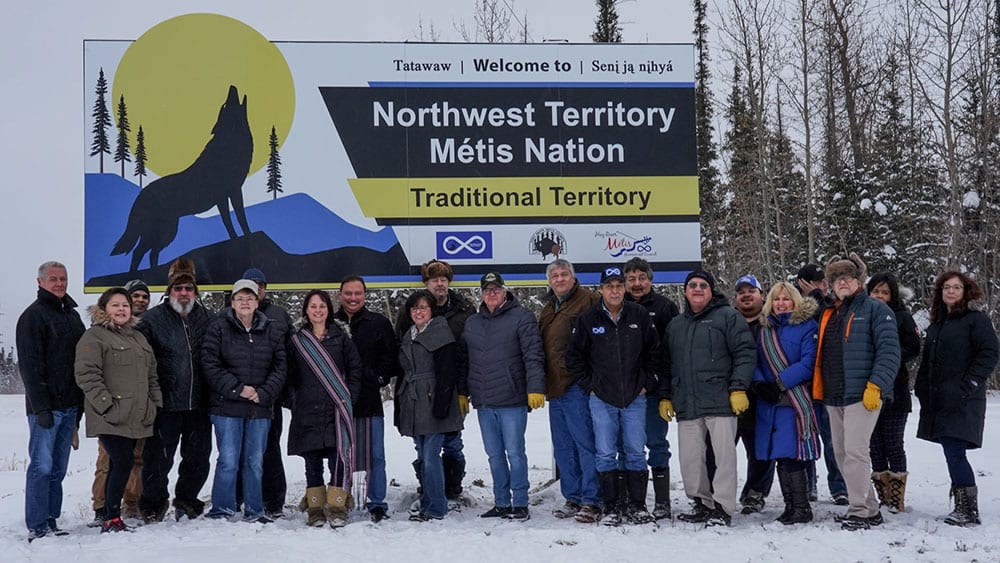
Chief and council from KFN have been vocally opposing the sign the NWT Métis Nation (NWTMN) put up.
KFN held a news conference after the sign had been posted and members spoke of the history of their families occupying the land.
“This is my traditional area. If it wasn’t I wouldn’t be up here showing you it on this map,” said Martel.
KFN chief and council have publically stated that “the NWT Métis Nation has no claim on this land.”
But the Métis claim they are descendants of the K’atl’odeeche with many band members, have close familial ties to band members, and have an inherent right to the land.
The First Nation said when their leaders signed Treaty 8, the Métis were not living in the territory now being claimed.
However, Hudson said the boundary for Métis people in the north is vast and trails from northern Alberta and Saskatchewan right to Great Bear Lake, NWT.
“The Métis have moved all over the place in pursuit of hunting and trapping,” he said.

The NWT Métis Nation is claiming over 270,000 sq. kilometers as their traditional territory.
There’s a lot of overlap onto K’atl’odeeche territory.
The portion of the First Nation that’s within the proposed Métis agreement area is 2.3 per-cent.
But the proposed Métis agreement encompasses 63 per-cent of the overall First Nation primary traditional territory, excluding Wood Buffalo National Park.
Martel said NWTMN is claiming their land they traded on – but did not live on. He insists that the Métis sit down with KFN members to discuss history.
“I think first of all people have to prove that is where they are from, you know,” said Martel. “But lately with the Métis association that you are talking about. We are looking for them to come to us and tell us about their traditional land.”
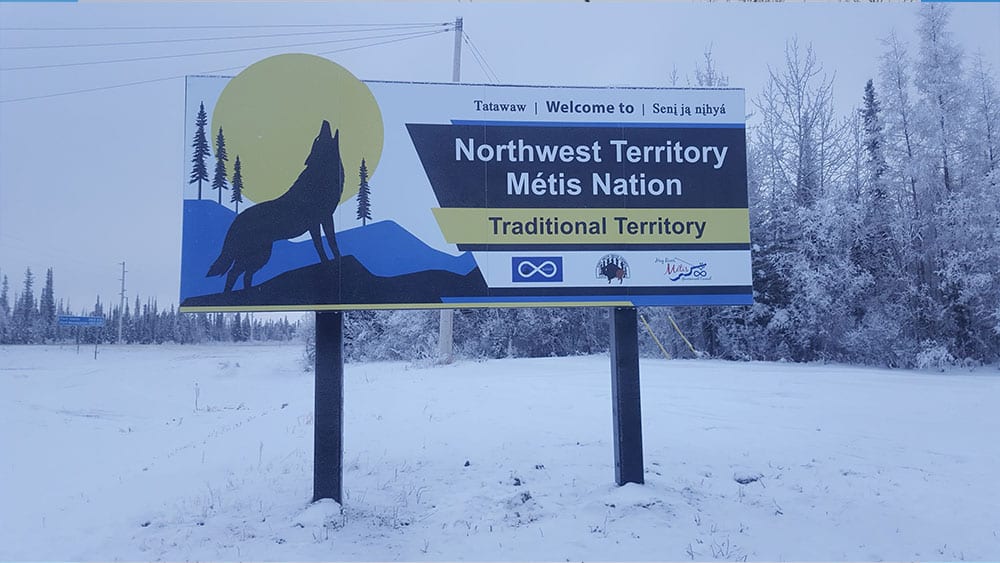
The Métis said they’re confident in their land agreement – which they’ve worked on for decades and are in the final stages of closing.
“We just refused to do any more work to prove to whoever is arguing that we don’t have rights. We do have rights. At this point in our claim process since 1996, we aren’t answering to anyone about our rights to areas in the South Slave,” he said.
K’atl’odeeche First Nation has formally called for the Métis to take their sign down.
According to Hudson NWTMN went through all of the correct processes with the territorial government’s highway department to erect the sign.
“We were months behind wanting to put the sign up. In fact it was put up in the winter when the ground was frozen.”
“We aren’t doing it to create a fight we are just doing it because it is a fact,” said Hudson.




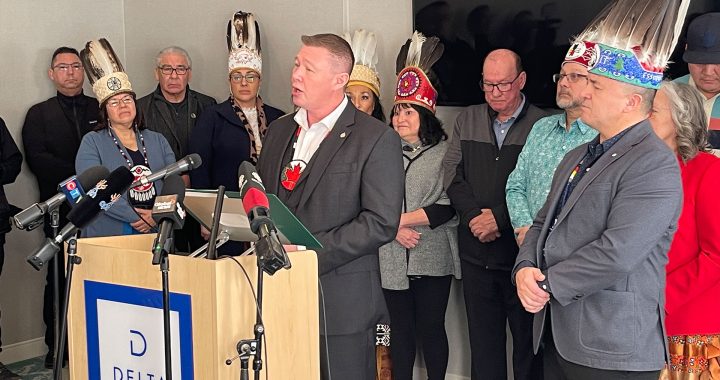
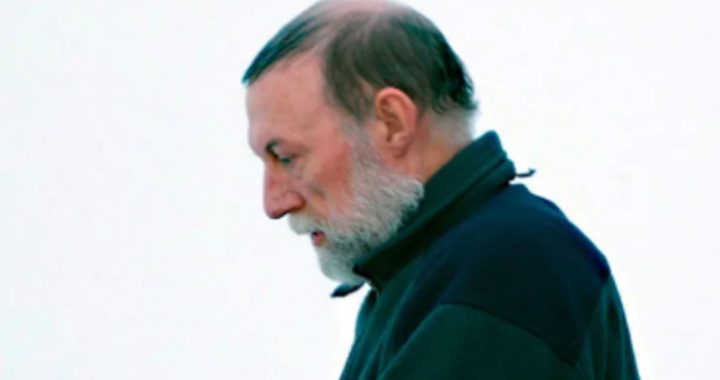
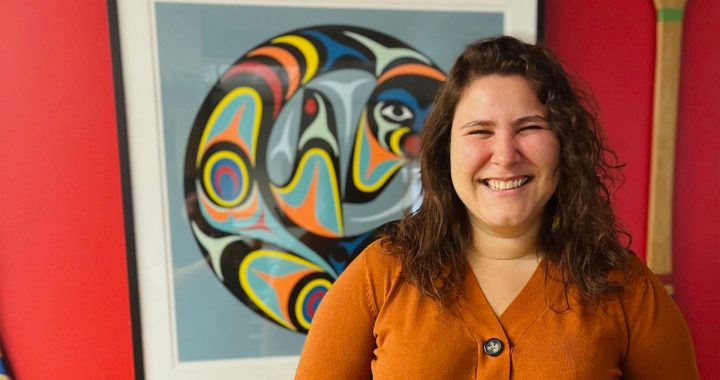
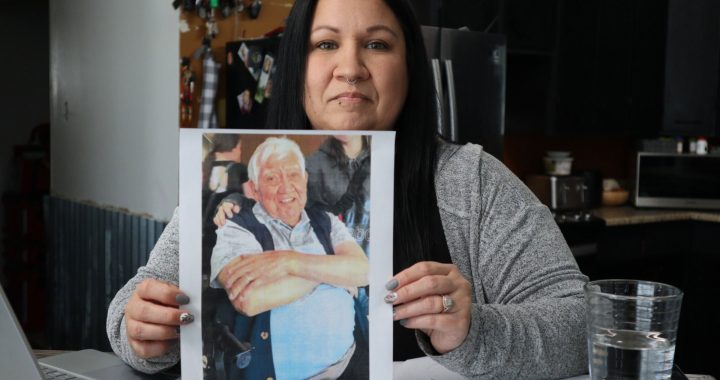
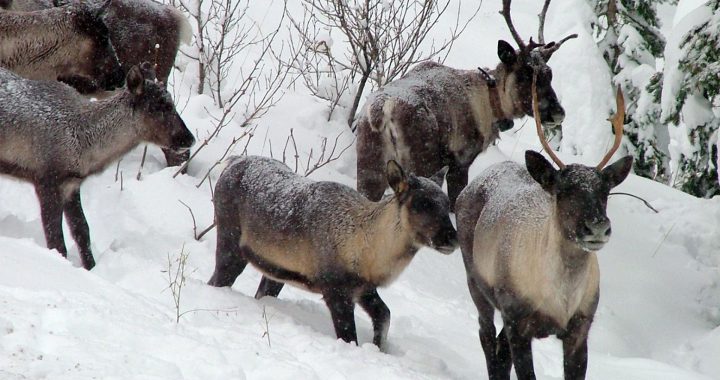
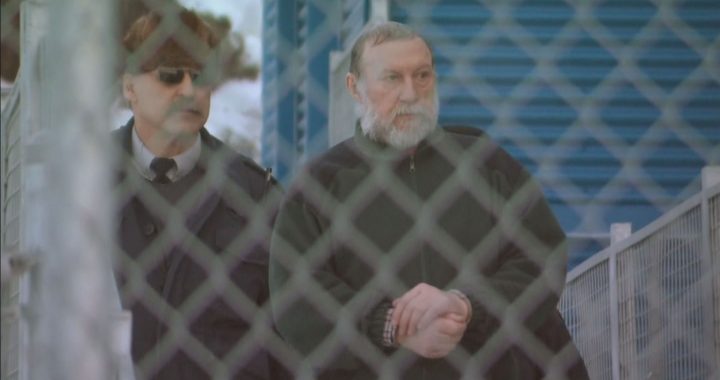

My mother’s lineage is from 5 territories across Canada. I know all the territories. I had to search for it. I have 5 grandmothers who were Indigenous. We ALL come from somewhere.
My mother’s lineage is from 5 territories across Canada. I know all the territories. I had to search for it. I have 5 grandmothers who were Indigenous. We ALL come from somewhere.
The Metis of the North do know who they are, and Ken Hudson is correct.; wWe are descendants of the First Nation’s people. Our ties to the North are documented
The Metis of the North do know who they are, and Ken Hudson is correct.; wWe are descendants of the First Nation’s people. Our ties to the North are documented
The Metis appear to be actively pursuing a court case by erecting the sign on what the Katlodeeche consider their traditional territory.
they have or never had land trying to be something their not the metis are just a made up they don’t even know what they are you can be mixed with any color and you’ll be metis sad how their trying to take anyone land
The Metis appear to be actively pursuing a court case by erecting the sign on what the Katlodeeche consider their traditional territory.
they have or never had land trying to be something their not the metis are just a made up they don’t even know what they are you can be mixed with any color and you’ll be metis sad how their trying to take anyone land
Why would they Shone there own People..When it comes to a end whos side would they take.They would stand with all there Brothers and Sisters..As one not divided…
Why would they Shone there own People..When it comes to a end whos side would they take.They would stand with all there Brothers and Sisters..As one not divided…